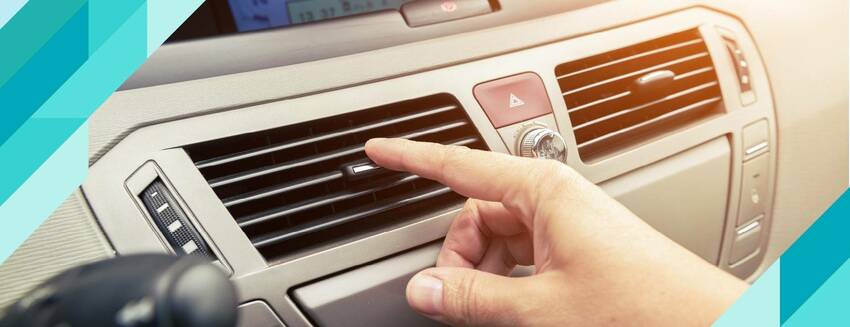Contents
Air conditioners, which are widely used on hot summer days, carry the risk of facial paralysis. Prof. Dr. Mustafa Bozbuğa, who points out that drivers are especially at risk, warns that in order to prevent the risk of facial paralysis, the air conditioner should be turned on 10 minutes before starting the journey in the vehicle to ensure sufficient cooling!
[haberyatay=your-air-conditioner-cleaning-and-maintenance-ihmal-etmeyin]
Üsküdar University NPISTANBUL Hospital Neurosurgery Specialist Prof. Dr. Mustafa Bozbuğa gave important information about the risk of facial paralysis in air conditioners.
Air conditioners cause "driver's disease"!
"Attention should be paid to the risk of facial paralysis in air conditioners, which are widely used on hot summer days, and necessary precautions should be taken," warned Prof. Dr. Mustafa Bozbuğa,
"With the arrival of the summer months, the gradual increase in the heat leads to resorting to cooling with air conditioning. Pain and muscle spasms may develop when the back, waist and neck regions, which sweat under the influence of hot weather, encounter sudden cold air and artificial cooling. Those who drive frequently in the summer months can be considered among the risk groups at high risk of developing facial paralysis due to the effect of sudden cold air they are exposed to. Facial paralysis, popularly known as 'chauffeur's disease', can be caused by prolonged use of air conditioners, especially by long-distance drivers, and especially by turning them on in the face area close to the ear; this disease requires a long treatment period and sometimes causes functional and cosmetic losses. Therefore, the risk of facial paralysis in air conditioners is quite high."
Turn on the air conditioner 10 minutes before starting the journey
"In order to prevent the risk of facial paralysis in air conditioners, it would be useful to turn on the air conditioner 10 minutes before starting the journey in the vehicle and provide sufficient cooling," said Prof. Dr. Mustafa Bozbuğa,
"Adjusting the degree of vehicle air conditioners appropriately and applying them in a way that the air flow does not hit the face and ear area will contribute to reducing the risk of facial paralysis in air conditioners. At the same time, long-distance drivers taking breaks during the journey and paying attention to the break times are among the factors that help reduce the risk of facial paralysis in air conditioners. Not reflecting the position of the air conditioner directly to the person and positioning it towards the ceiling when possible is one of the methods to reduce the risk of facial paralysis in air conditioners."
What are the symptoms of facial paralysis?
Prof. Dr. Mustafa Bozbuğa gave the following information about the symptoms of facial paralysis:
"In facial paralysis, facial pain, dizziness, headache, difficulty in speaking, tinnitus and pain in the ear are among the symptoms of facial paralysis, along with the inability to move the mimic muscles in one half of the face. People experiencing these conditions should apply to health institutions as soon as possible. It is important to start first intervention and treatment early. The accompanying rehabilitation and physiotherapy programs aim to reduce the damage to the face. In severe cases that do not show improvement, surgical intervention may sometimes be required."
How should the correct use of air conditioning be in the office environment?
Üsküdar University NPISTANBUL Hospital Neurosurgery Specialist Prof. Dr. Mustafa Bozbuğa said, "Especially since the office environment is air-conditioned, a suitable ventilation method should be provided to the working environment in order to prevent various musculoskeletal diseases that employees experience due to air conditioning shock and muscle stiffness." and concluded his words as follows:
"There should be enough windows to get enough air and air conditioning systems should work in a system suitable for closed working environments. Its positioning should be well adjusted, it should not be positioned in direct contact. If there is possible space, the air conditioner should be adjusted to hit the ceiling and sudden air arrival should be prevented. Attempts should be made to continue the work by pausing for movement, and attention should be paid to taking breaks. Since keeping the temperature of the air conditioners at 22-23 degrees Celsius will help prevent muscle stiffness and reduce the risk of pain, it should be especially careful not to use it at a colder setting."







